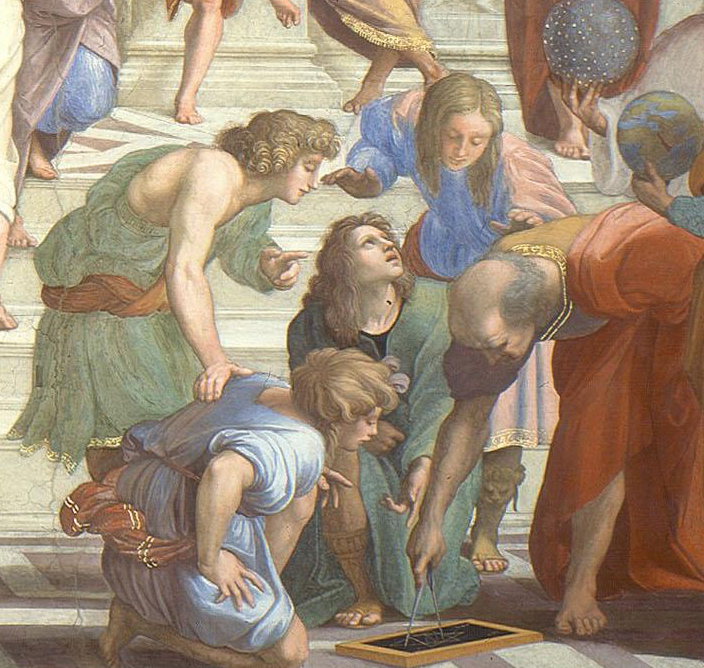In a visual narrative sequence, a story is told either in a series of separate graphic works, or in a single work that includes several such incidents. On this page are links to four such sequential series — Hogarth’s The Rake’s Progress, Northcote’s Diligence and Dissipation, Nahl’s The Idle Miner and the Industrious Miner, and Cole’s The Course of Empire — and two single works that encompass several events in time: Ghiberti’s Jacob and Esau and Rockwell’s Family Tree.
Whether in a single picture or a sequence of images, the artists attempt to show the effects of the passage of time on their subject. Unlike a novel or a film, though, traditional art forms cannot present a continuous flow of narrative, but must focus on a series of significant instances to show the effects of the passage of time.
However, even a novel or a film must choose specific events to tell the story. Otherwise, the audience would be presented with an undifferentiated single event, as in Andy Warhol’s 1964 movie, Sleep.
There are numerous forms of sequential art works, of course: films, animated cartoons, comic book, graphic novels, as well as classic photographic sequences such as Eadweard Muybridge’s studies in human and animal motion. For our purposes, though, we will look at creations in the traditional artistic media: painting, sculpture and works on paper.














